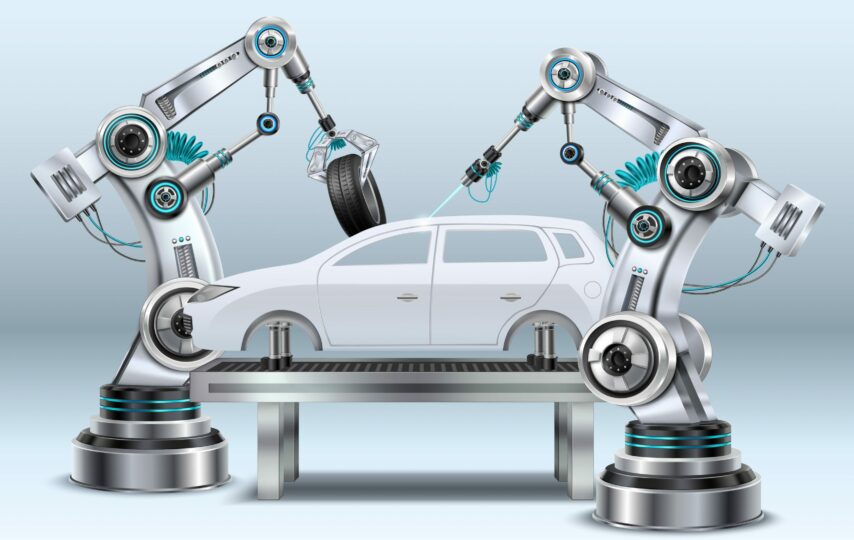Introduction
The 5 axis CNC machine can be used to create complex shapes and designs without having to use expensive tools or training. In fact, it can be used on almost any material that requires cutting.
Better Accuracy
Five axis machining is more accurate than three axis machining. While it may seem like a simple difference, there’s actually a lot to be said for this. Five axis machines allow for the precision required for complex shapes and designs that other 3 axis machines simply cannot produce. With 5 axis machine automation, you can run your part through an alignment process at high speeds without having to worry about how quickly or slowly it moves through the system. This means less downtime as well as less down time on your machine tools because they’re able to process more material per hour than other types of cutting tools do when used in manual processes (i.e., hand-held).
Higher Speed
Speed is the key to high quality, repeatable results. In fact, speed is one of the most important factors in determining how well you can achieve your goals with 5 axis machining.
As a rule of thumb: the higher the complexity or size of your design, the faster it will be produced by 5 axis milling technology.
- Complex shapes also mean more challenging materials and processes to machine—which means greater speeds will be needed to produce them in time frame dictated by customer demand
More Efficient Use of Machining Time
5 axis machining can be used to increase the productivity of a machine. The savings in time can be used to increase the number of parts that can be produced, and therefore, save money on manufacturing costs. In addition, 5 axis machining allows for larger diameter parts that were not possible before because they would have required more time or special tooling for their manufacture.
Lower Total Cost of Ownership (TCO)
TCO refers to the total cost of ownership for a product. It includes all of the factors that affect project profitability, including initial costs, maintenance and consumables.
5 Axis Machining can help lower your TCO by reducing downtime due to tooling wear and tear on both sides of the machining process. With 5 Axis Machining, you only have one set of tools being used during each pass through your machine! This means no more switching between multiple sets of expensive machinery just so you can complete one particular task without having to change out parts or labor costs associated with each machine setup.
Takeaway:
The benefits of 5 axis routers are:
- Better Accuracy – An improved toolpath allows for more accurate cutting, which reduces waste and improves the quality of your product. This can be especially important if you’re making parts for multi-million dollar aircrafts or high-end medical equipment.
- Higher Speed – With a greater number of axes on the machine, it’s possible to produce parts with faster speeds than those made by traditional 3D printers. This means that you’ll be able to do things like sand down metal parts before they’re machined into their final shape—a process which would have previously been impossible because of how long it takes to build up enough material to make these changes in design possible (and even then, most materials are too soft).
- More Efficient Use Of Machining Time – Because there are fewer steps involved in creating something using 5 axis milling machines compared with traditional methods like CNC machining or laser cutting machines (which also require some handwork), this means that time spent working on complex shapes could go down significantly without sacrificing quality levels so much as doing each step manually instead.”
Conclusion
Complex shapes and designs are made on the 5 axis milling machine. By using this method, you can increase the accuracy of your products, reduce manufacturing costs and minimize scrap material. This is not only an effective way for producing products but also for increasing productivity in your company.








